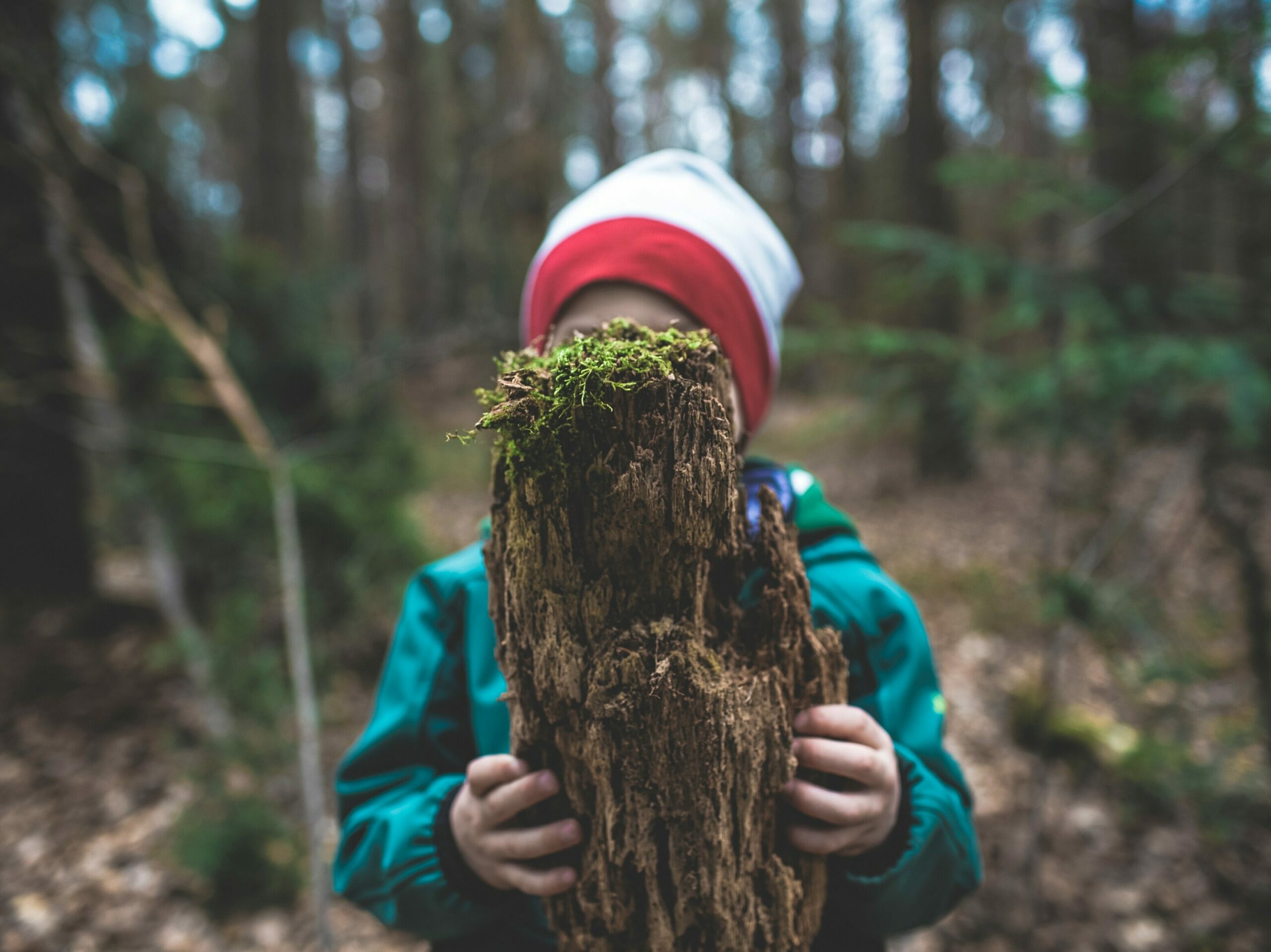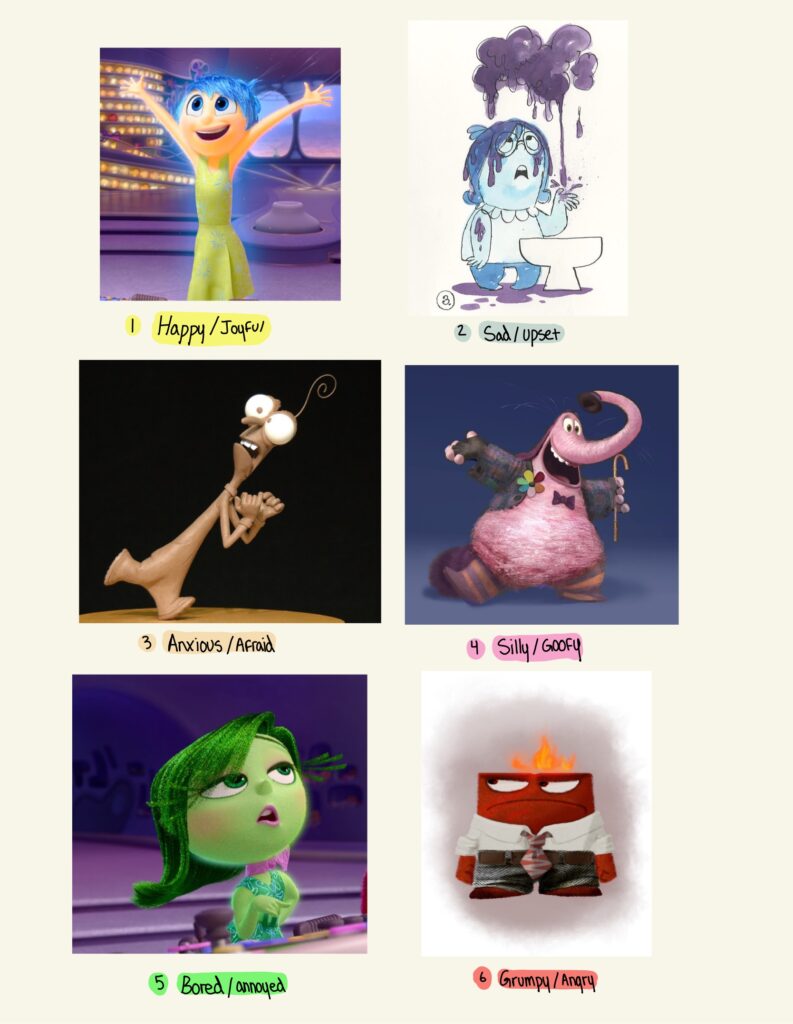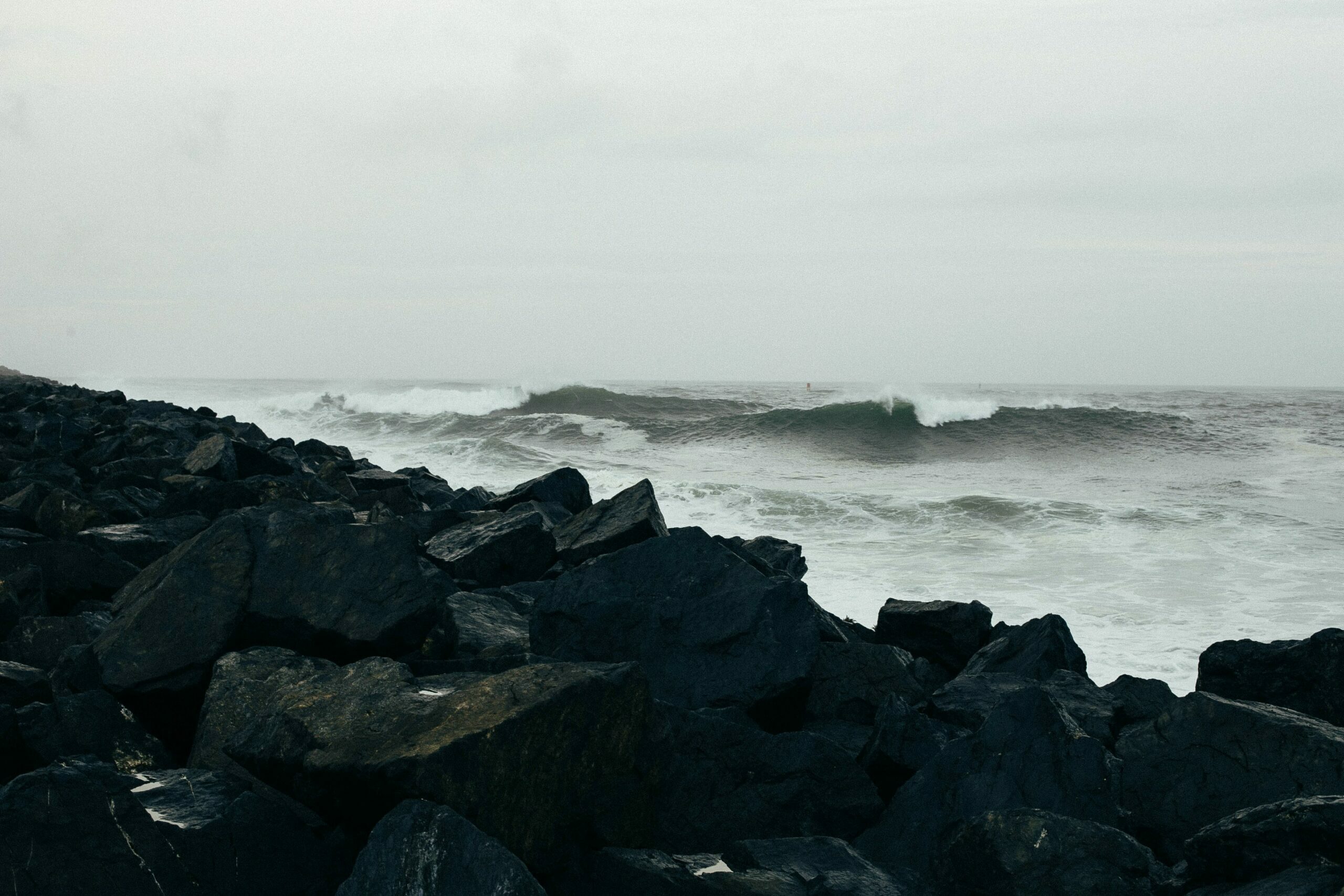
Daily Check In:
Which one of the Inside Out characters do you reside with the most today? Feel free to comment and explain why!

The Pacific School of Innovation & Inquiry
The PSII located in Victoria, BC is very similar to the school High-Tech High from the film “Most Likely to Succeed” that was discussed in one of my first blog reflections! Back then (around a month ago) the idea of an inquiry based school that didn’t follow standardized curricula sounded completely foreign to me. Somehow, I had never heard of these types of alternative school and definitely had no idea they existed on Vancouver Island. However, the Pacific School of Innovation & Inquiry doesn’t consider itself an alternative school, but a school that steps away from “mainstream” education to provide bigger, more “authentic” challenges to their high-school students. Rather that using the same standard curriculum for all students and offering little adaptation like regular public schools, the students create their own independent yearly goals and plans with the teachers of PSII. Another big difference is the lack of segregated grade levels; students are grouped dynamically based on learning goals, interests, similarities, differences, ETC! As highlighted in Jeff’s TED talk, PSII is all about “sparking a flame” in their learners by using an inclusive inquiry-based approach to the concepts of teaching and learning. When curiosity and exploration is fostered, student’s thrive and become more passionate in their learning journeys! I wish I got to experience this type of learning more when I was in school, and I’m excited to further learn how to foster it in my future classrooms!
Most PSII information was found and can be further explored on the About page of the PSII website.
How Could Inquiry-Based Learning Work in Elementary Classrooms?
While Inquiry-based learning can be a long, challenging process that is usually done with secondary and post-secondary students, it can definitely be simplified and adapted to include middle and elementary learners. After the primary grades, assigning projects where student’s are allowed to pick their own topics (with limitations of course) will make learning a more enjoyable and engaging process. For all grades, encouraging student exploration and experimentation during guided lessons is another form of inquiry! Allowing student’s to demonstrate their learning in a variety of ways (oral, written, graphics, ETC) also fosters inclusivity in the learning environment! The short video below shows what inquiry-based learning may look like in primary and intermediate classrooms, with a large focus on science and art (including creating paint)! A typed transcript of this video can be found here!
This video really highlights how inquiry-based learning doesn’t require months of research and the referencing of academic sources; it begins with a shift from “teacher-focused” to “student-driven” learning and exploration in the everyday classroom setting!
Sources
- Daily Check-In Photos: https://www.pixar.com/feature-films/inside-out
- PSII Website: https://learningstorm.org/
- Video: https://www.edutopia.org/video/inquiry-based-learning-teacher-guided-student-driven
- Jeff’s TED Talk: https://www.youtube.com/watch?v=5O5PK6LsymM

